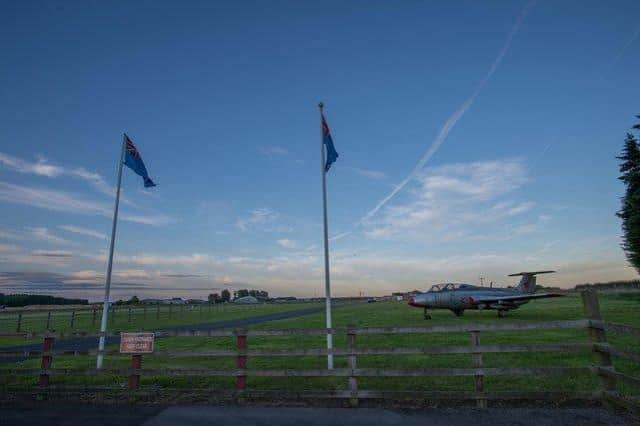Pilot died in plane crash at Breighton Airfield after his seat came loose


The 66-year-old man, who has not been named, was the only person on board an Escapade aircraft when it crashed and caught fire at Breighton Airfield, shortly after midday on Sunday, November 14.
The Air Accidents Investigation Branch (AAIB) said the pilot made a radio call to report that he was having problems with his seat, shortly after takeoff, and he was returning to the airfield to land.
Advertisement
Hide AdAdvertisement
Hide AdThe plane climbed to around 180ft, but then “descended rapidly to the ground” and collided with a runway next to the control tower. The pilot, who had flown to the airfield to attend a Remembrance Day service, was pronounced dead at the scene.
The AAIB report states an “inadvertent seat movement appears to have caused a loss of control with catastrophic consequences”.
Investigators found that a pin was usually used to fix the pilot's adjustable seat into position, but the seat had slid backwards during the flight because that pin had not been put in the correct place.
The report adds: “The evidence indicates that the seat adjustment pin was not correctly located in one of the holes in the adjustment rail and therefore the seat was not locked in the fully forward position required by the pilot.
Advertisement
Hide AdAdvertisement
Hide Ad“Additionally, the seat adjuster backup strap, intended to prevent rearwards seat movement in case of pin failure, appears not to have been tightened.
“The evidence indicates that the seat moved rearwards leading to the pilot losing control of the aircraft. The damage and distortion to the adjustment rail was consistent with the seat being towards the rearmost extent of its travel when the aircraft struck the ground.”
It adds: “The investigation continues to examine all pertinent operational, technical, and human factors which might have contributed to this accident. A final report will be issued in due course.”
The AAIB has also recommended that all light aircraft owners ensure a pin has been used to lock the pilot's seat in position correctly before take off and use the adjustable backup strap.
